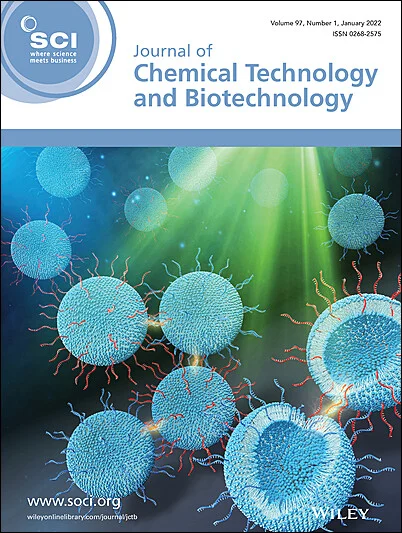A dual approach using response surface methodology and machine learning for optimization and enhancement of microalgae-based municipal wastewater treatment
Abstract
BACKGROUND
Municipal wastewater comprises both organic and inorganic contaminants. Especially in rural areas, conventional municipal treatment plants primarily focus on carbon removal; therefore, nutrient removal should be prioritized for preventing environmental pollution. Mixotrophic microalgae such as Nannochloropsis sp. have significant potential for both carbon and nutrient removal. However, microalgae-based wastewater systems can be affected by many parameters and, using response surface methodology and decision tree, a machine learning model can help to determine the optimal conditions for the systems to operate more efficiently.
RESULTS
The optimal removal conditions were determined by response surface methodology to be a light period of 21 h at an intensity of 8000 lx and a temperature value of 30 °C. Under these optimal conditions, the respective removal efficiency for chemical oxygen demand, total organic carbon, total Kjeldahl nitrogen, and orthophosphate was 53%, 34%, 87%, and 70%, respectively. Chlorophyll-a concentration increased by as much as 49%. Real municipal wastewater was used instead of synthetic wastewater, yielding closer approximations to real situations.
CONCLUSION
The present study has underscored innovative, data-driven approaches as core in ensuring sustainable wastewater management and sets a useful framework for future research, which could be done with the aim of refining the methods to enhance efficiency in treatment. © 2025 The Author(s). Journal of Chemical Technology and Biotechnology published by John Wiley & Sons Ltd on behalf of Society of Chemical Industry (SCI).


 求助内容:
求助内容: 应助结果提醒方式:
应助结果提醒方式:


